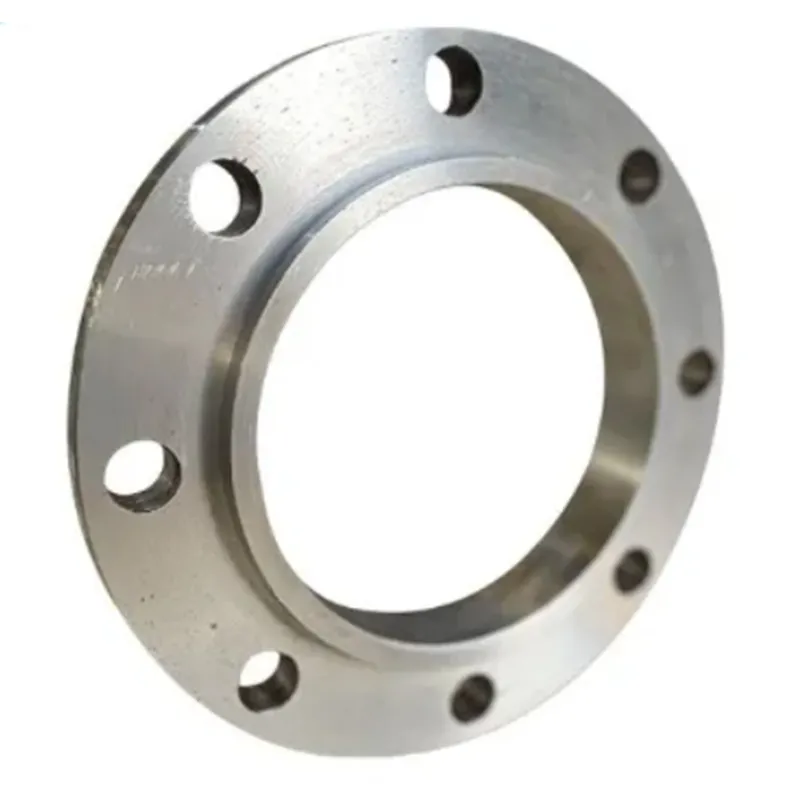-
Cangzhou Yulong Steel Co., Ltd.
-
Phone:
+86 13303177267 -
Email:
admin@ylsteelfittings.com
- English
- Arabic
- Italian
- Spanish
- Portuguese
- German
- kazakh
- Persian
- Greek
- French
- Russian
- Polish
- Thai
- Indonesian
- Vietnamese
- Zulu
- Korean
- Uzbek
- Hindi
- Serbian
- Malay
- Ukrainian
- Gujarati
- Haitian Creole
- hausa
- hawaiian
- Hebrew
- Miao
- Hungarian
- Icelandic
- igbo
- irish
- Japanese
- Javanese
- Kannada
- Khmer
- Rwandese
- Afrikaans
- Albanian
- Amharic
- Armenian
- Azerbaijani
- Basque
- Belarusian
- Bengali
- Bosnian
- Bulgarian
- Catalan
- Cebuano
- China
- China (Taiwan)
- Corsican
- Croatian
- Czech
- Danish
- Esperanto
- Estonian
- Finnish
- Frisian
- Galician
- Georgian
- Kurdish
- Kyrgyz
- Lao
- Latin
- Latvian
- Lithuanian
- Luxembourgish
- Macedonian
- Malgashi
- Malayalam
- Maltese
- Maori
- Marathi
- Mongolian
- Myanmar
- Nepali
- Norwegian
- Norwegian
- Occitan
- Pashto
- Dutch
- Punjabi
- Romanian
- Samoan
- Scottish Gaelic
- Sesotho
- Shona
- Sindhi
- Sinhala
- Slovak
- Slovenian
- Somali
- Sundanese
- Swahili
- Swedish
- Tagalog
- Tajik
- Tamil
- Tatar
- Telugu
- Turkish
- Turkmen
- Urdu
- Uighur
- Welsh
- Bantu
- Yiddish
- Yoruba

Oct . 06, 2024 22:21 Back to list
stainless steel pipe price
Stainless Steel Pipe Prices A Comprehensive Overview
Stainless steel pipes have become a pivotal element across various industries, thanks to their durability, corrosion resistance, and aesthetic appeal. They are extensively used in construction, plumbing, automotive, and various manufacturing processes. As demand for stainless steel pipes continues to grow, understanding the factors influencing their prices becomes essential for businesses and consumers alike.
Factors Affecting Stainless Steel Pipe Prices
1. Material Grade Stainless steel comes in various grades, such as 304, 316, and 321. Each grade has different properties and, consequently, different costs. For instance, type 316 stainless steel, which contains molybdenum for increased corrosion resistance, is typically more expensive than type 304. Depending on the application, choosing the appropriate grade can significantly impact overall expenses.
2. Diameter and Thickness The size of the pipes also plays a vital role in pricing. Pipes with larger diameters or greater wall thicknesses require more raw materials, thereby increasing costs. Buyers should carefully consider the specifications they need to avoid overspending on higher-end products that might be unnecessary for their specific applications.
3. Market Demand and Supply Price fluctuations in the stainless steel market are often linked to supply and demand dynamics. During times of economic growth, when construction and manufacturing activities surge, the demand for stainless steel pipes can lead to higher prices. Conversely, during economic downturns, a decrease in demand may drive prices down.
stainless steel pipe price

4. Manufacturing Processes The method used to manufacture stainless steel pipes—whether seamless or welded—also influences pricing. Seamless pipes are generally more expensive due to the complexity of their production process. In contrast, welded pipes are more cost-effective but may lack some of the performance characteristics of seamless variants.
5. Geographical Location Pricing can vary significantly based on geographic factors. Local markets may experience different pricing structures due to transportation costs, tariffs, or regional demand. Importing stainless steel pipes can add additional expenses, including shipping and customs fees.
Current Trends in Pricing
As of recent trends, stainless steel pipe prices have experienced volatility due to fluctuations in raw material costs and global supply chain challenges. The ongoing effects of the COVID-19 pandemic, geopolitical tensions, and changing trade policies can further affect pricing structures. Industry experts suggest that prices may stabilize as markets adjust to these changes and as production capacities improve.
Conclusion
When considering the purchase of stainless steel pipes, it is crucial to factor in all elements that can impact pricing. From material grades and manufacturing processes to market dynamics and geographical considerations, understanding these variables can empower buyers to make informed decisions. It is advisable for consumers and businesses to stay updated on market trends to capitalize on the best pricing opportunities available, ensuring they receive quality materials that meet their project requirements without exceeding budget constraints.
Latest news
-
ANSI 150P SS304 SO FLANGE
NewsFeb.14,2025
-
ASTM A333GR6 STEEL PIPE
NewsJan.20,2025
-
ANSI B16.5 WELDING NECK FLANGE
NewsJan.15,2026
-
ANSI B16.5 SLIP-ON FLANGE
NewsApr.19,2024
-
SABS 1123 FLANGE
NewsJan.15,2025
-
DIN86044 PLATE FLANGE
NewsApr.19,2024
-
DIN2527 BLIND FLANGE
NewsApr.12,2024
-
JIS B2311 Butt-Welding Fittings LR/SR 45°/90° /180°Seamless/Weld
NewsApr.23,2024











